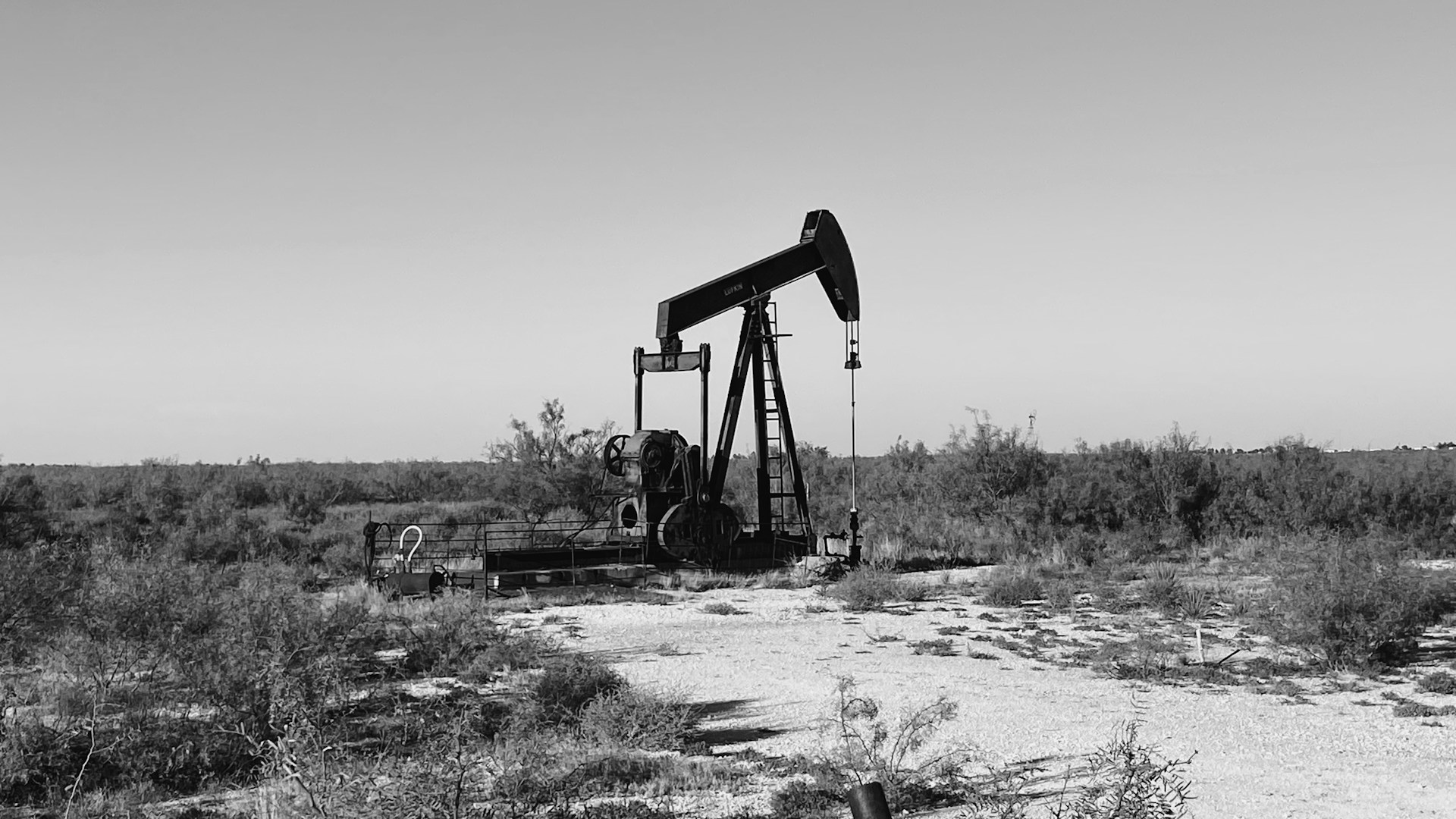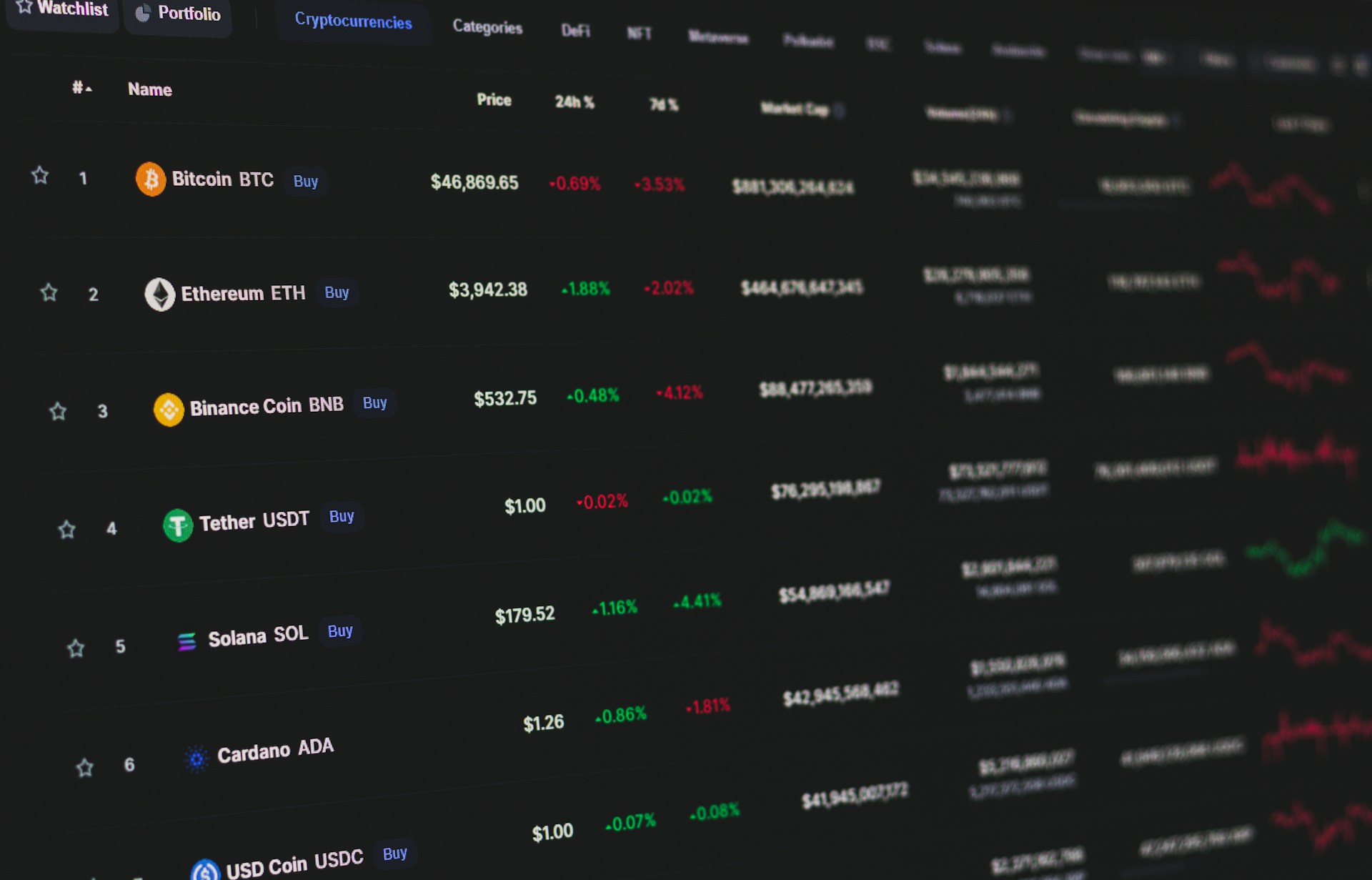OPEC+ Confirms Major Output Increase Starting in September
OPEC+ has officially announced a significant production hike starting in September, as part of a broader plan to gradually reverse earlier supply cuts. The eight countries—Saudi Arabia, Russia, Iraq, the UAE, Kuwait, Kazakhstan, Algeria, and Oman—previously agreed to reduce output by a combined 2.2 million barrels per day, but are now working to restore volumes in response to improved market fundamentals.
At Sunday’s virtual meeting, the group agreed to raise oil production by 547,000 barrels per day beginning next month. The decision, which markets largely anticipated, had minimal impact on crude prices, with WTI still hovering around $70 per barrel.
Gradual Supply Recovery Strategy
This latest increase continues a steady series of production hikes that began in April 2025. OPEC+ initially raised output by a modest 138,000 barrels per day, followed by larger monthly boosts of 411,000 barrels in May, June, and July. August saw an increase of 548,000 barrels, with September’s 547,000-barrel rise completing the plan to offset previous cuts.
According to the newly updated quotas, the member states will be producing the following volumes from September:
-
Algeria: 959,000 barrels/day
-
Iraq: 4.22 million barrels/day
-
Kuwait: 4.58 million barrels/day
-
Saudi Arabia: 9.98 million barrels/day
-
UAE: 3.37 million barrels/day
-
Kazakhstan: 1.55 million barrels/day
-
Oman: 801,000 barrels/day
-
Russia: 9.45 million barrels/day
The group is scheduled to meet again on September 7, where further changes could be discussed, including the possible reintroduction of another 1.65 million barrels per day in supply.
Rationale Behind the Increase
OPEC+ justified the move by citing stable global economic conditions and strong market fundamentals, particularly low oil inventories. The group emphasized that the production recovery aligns with its earlier decision from December 5, 2024, to pursue a flexible and gradual return to pre-cut output levels.
Political Pressure and Supply Risks
The timing of the announcement coincides with growing international tensions. U.S. President Donald Trump has been pushing India to halt imports of Russian oil as part of a broader strategy to pressure Moscow into negotiating a peace agreement with Ukraine. Trump is aiming for a breakthrough before August 8.
These geopolitical frictions add complexity to the oil market, especially considering the potential disruption of up to 2.75 million barrels per day of Russian seaborne exports—most of which are currently headed to China and India. Washington has threatened 100% secondary sanctions on buyers of Russian crude, escalating the stakes.
Oil Prices Dip for Third Straight Session
Despite the production hike, oil prices slipped for a third consecutive session on Monday. WTI crude dropped 0.2%, trading at $67.19 per barrel, as traders factored in the incoming supply and weighed the potential fallout from sanctions on Russia.
Asian markets opened mixed on August 4 following a sharp decline on Wall Street. Investors were digesting the latest U.S. tariff measures and a weaker-than-expected July jobs report. By 7:30 a.m. CET, Japan’s Nikkei was down 1.55%, while Hong Kong and Shanghai edged up by 0.3% and 0.2%, respectively. Nasdaq futures rose 0.4% in early trading.
Global Bond Yields Reflect Fed Expectations
Japan’s 10-year government bond yields also fell by roughly 5 basis points on Monday, settling near 1.5%. The drop mirrored the decline in U.S. Treasury yields after Friday’s labor data, which bolstered market expectations of a Federal Reserve rate cut in September. Current pricing reflects more than 63 basis points of potential easing by year’s end.
The OPEC+ decision to steadily reintroduce production comes at a critical time for the global energy market, as supply dynamics, political pressure, and central bank policy all intersect to shape the months ahead. The September meeting could prove pivotal in determining whether the alliance continues on this path—or shifts course once again.


